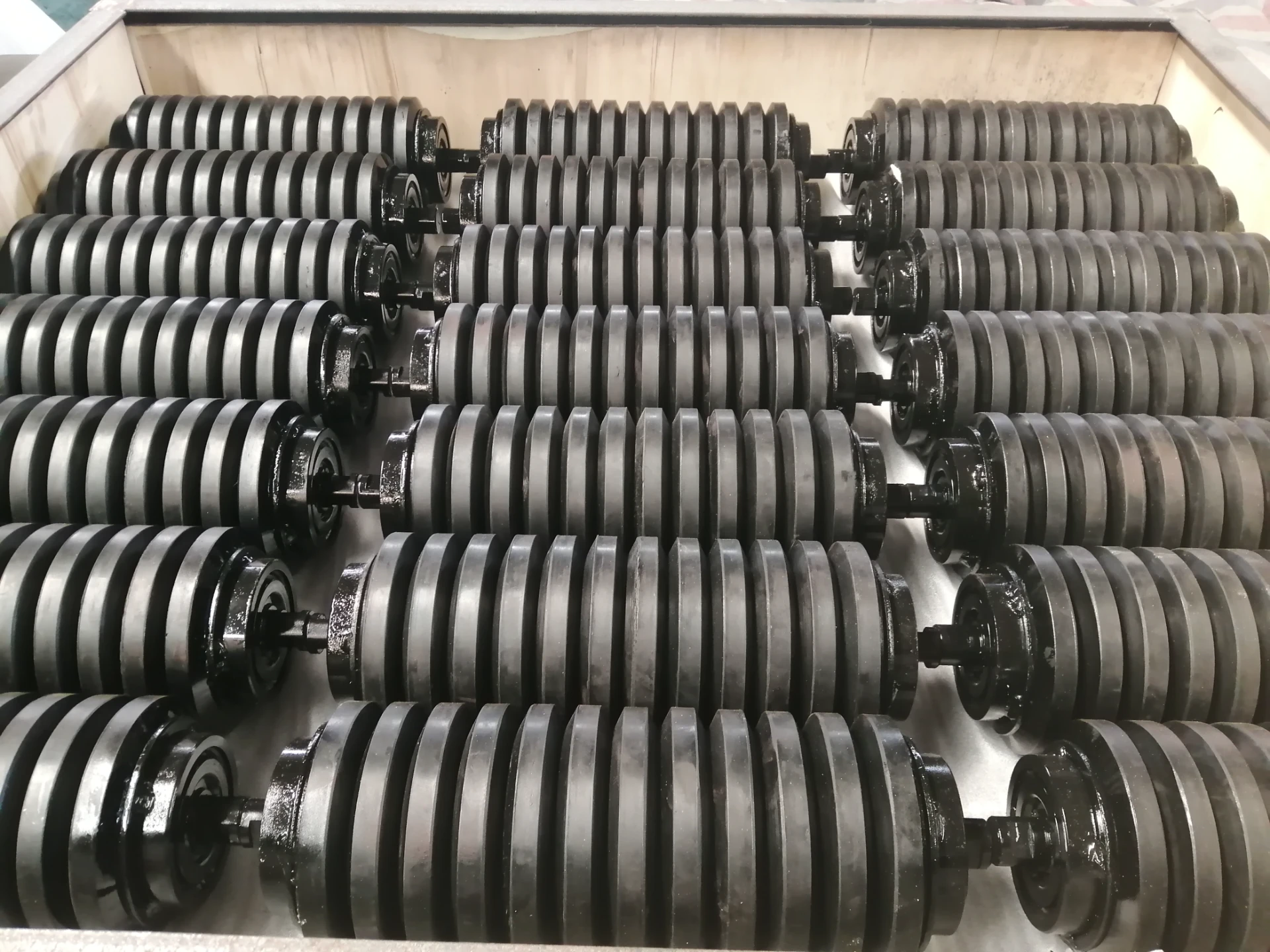 Afrikaans
Afrikaans  Albanian
Albanian  Amharic
Amharic  Arabic
Arabic  Armenian
Armenian  Azerbaijani
Azerbaijani  Basque
Basque  Belarusian
Belarusian  Bengali
Bengali  Bosnian
Bosnian  Bulgarian
Bulgarian  Catalan
Catalan  Cebuano
Cebuano  Corsican
Corsican  Croatian
Croatian  Czech
Czech  Danish
Danish  Dutch
Dutch  English
English  Esperanto
Esperanto  Estonian
Estonian  Finnish
Finnish  French
French  Frisian
Frisian  Galician
Galician  Georgian
Georgian  German
German  Greek
Greek  Gujarati
Gujarati  Haitian Creole
Haitian Creole  hausa
hausa  hawaiian
hawaiian  Hebrew
Hebrew  Hindi
Hindi  Miao
Miao  Hungarian
Hungarian  Icelandic
Icelandic  igbo
igbo  Indonesian
Indonesian  irish
irish  Italian
Italian  Japanese
Japanese  Javanese
Javanese  Kannada
Kannada  kazakh
kazakh  Khmer
Khmer  Rwandese
Rwandese  Korean
Korean  Kurdish
Kurdish  Kyrgyz
Kyrgyz  Lao
Lao  Latin
Latin  Latvian
Latvian  Lithuanian
Lithuanian  Luxembourgish
Luxembourgish  Macedonian
Macedonian  Malgashi
Malgashi  Malay
Malay  Malayalam
Malayalam  Maltese
Maltese  Maori
Maori  Marathi
Marathi  Mongolian
Mongolian  Myanmar
Myanmar  Nepali
Nepali  Norwegian
Norwegian  Norwegian
Norwegian  Occitan
Occitan  Pashto
Pashto  Persian
Persian  Polish
Polish  Portuguese
Portuguese  Punjabi
Punjabi  Romanian
Romanian  Russian
Russian  Samoan
Samoan  Scottish Gaelic
Scottish Gaelic  Serbian
Serbian  Sesotho
Sesotho  Shona
Shona  Sindhi
Sindhi  Sinhala
Sinhala  Slovak
Slovak  Slovenian
Slovenian  Somali
Somali  Spanish
Spanish  Sundanese
Sundanese  Swahili
Swahili  Swedish
Swedish  Tagalog
Tagalog  Tajik
Tajik  Tamil
Tamil  Tatar
Tatar  Telugu
Telugu  Thai
Thai  Turkish
Turkish  Turkmen
Turkmen  Ukrainian
Ukrainian  Urdu
Urdu  Uighur
Uighur  Uzbek
Uzbek  Vietnamese
Vietnamese  Welsh
Welsh  Bantu
Bantu  Yiddish
Yiddish  Yoruba
Yoruba  Zulu
Zulu Understanding the Role of Snub Pulleys in Belt Conveyor Systems
The Role of Snub Pulley in Belt Conveyors
Belt conveyors are vital components in various industries, facilitating the efficient movement of materials over distances. One critical element of this system is the snub pulley, which significantly enhances the performance and reliability of the conveyor belt mechanism. Understanding the function and importance of the snub pulley can provide insights into optimizing conveyor operations.
A snub pulley is a type of pulley located in the conveyor system, typically positioned adjacent to other pulleys to change the direction of the belt. Its primary purpose is to increase the contact angle between the belt and the drive pulley, thereby enhancing the frictional grip and enabling effective power transmission. By doing so, the snub pulley helps prevent slippage between the belt and the drive pulley, ensuring that materials are transported seamlessly.
One of the key benefits of incorporating a snub pulley is its ability to improve the belt's tension. In a belt conveyor system, maintaining the correct tension is critical. Insufficient tension can lead to slippage, poor performance, and premature wear on both the belt and the pulleys. Conversely, excessive tension can cause unnecessary strain and damage. The snub pulley acts as an intermediary, allowing for fine adjustments to the tension, contributing to an optimal operating condition that enhances the lifespan of the conveyor components.
Furthermore, the snub pulley plays a significant role in managing the belt's trajectory. A poorly aligned belt can lead to misalignment issues, resulting in material spillage and operational inefficiencies. The snub pulley helps to maintain a consistent belt alignment, guiding it smoothly along its path. This alignment is crucial not only for the effective transport of materials but also for minimizing maintenance costs and maximizing productivity.
snub pulley in belt conveyor

Another notable aspect of the snub pulley is its contribution to the overall efficiency of the conveyor system. By ensuring proper tension and alignment, the snub pulley reduces the energy required to operate the conveyor. This energy efficiency translates into lower operational costs, making it an attractive feature for industries focused on sustainability and cost-effectiveness.
In addition to these functional benefits, the snub pulley can also influence the design and layout of belt conveyor systems. Engineers and designers can leverage the positioning and size of the snub pulley to create more compact and efficient conveyor arrangements, allowing for better use of space in facilities. This adaptability is crucial in industries where space comes at a premium.
However, like any mechanical component, the snub pulley requires regular maintenance to ensure its functionality and performance. Blockages, wear and tear, and misalignment can all impact its effectiveness. Routine inspections, adjustments, and replacements are necessary to keep the conveyor system running smoothly.
In conclusion, the snub pulley is an essential component of belt conveyor systems, influencing various operational aspects such as tension management, alignment, energy efficiency, and overall design. By understanding the importance of the snub pulley, industries can optimize their conveyor operations, leading to improved productivity, reduced costs, and enhanced reliability. As industries continue to evolve and seek more efficient solutions, the significance of the snub pulley will remain a pivotal consideration in belt conveyor design and maintenance strategies.
-
Revolutionizing Conveyor Reliability with Advanced Rubber Lagging PulleysNewsJul.22,2025
-
Powering Precision and Durability with Expert Manufacturers of Conveyor ComponentsNewsJul.22,2025
-
Optimizing Conveyor Systems with Advanced Conveyor AccessoriesNewsJul.22,2025
-
Maximize Conveyor Efficiency with Quality Conveyor Idler PulleysNewsJul.22,2025
-
Future-Proof Your Conveyor System with High-Performance Polyurethane RollerNewsJul.22,2025
-
Driving Efficiency Forward with Quality Idlers and RollersNewsJul.22,2025





























